
Virginia Polytechnic Institute and State University was named the overall winner in this year’s Solar Decathlon Design Challenge hosted by the National Renewable Energy Laboratory.
Virginia Tech was one of 45 teams entered in the competition, which was held over the weekend of April 12-14 in Golden, Colorado. Students and their faculty advisors worked over the course or one or two semesters to design “creative solutions for real-world issues,” according to the Department of Energy, before presenting their designs to a panel of judges.
Unlike entries in the Solar Decathlon that takes place every two years, these projects are not actually constructed as part of the competition.
In addition to the overall winner, DOE named best projects in six other categories: suburban single-family, urban single-family, attached housing, mixed multi-use housing, elementary school, and office building.
The TreeHAUS project
The real-world problem that the Virginia Tech team was trying to solve is anticipated enrollment growth on its Blacksburg, Virginia, campus that will require the addition of 7 million gross square feet of housing by 2047. That has pushed real estate prices sharply higher, a problem especially for underpaid graduate students, the team said in a project summary.
The team proposed a building consisting of 12 prefabricated modules on a 36,000-square-foot lot. Units would range in size from 1-bedroom units with one bathroom to 4-bedroom units with 2 bathrooms. The project would be built with R-37 walls and R-55 roofs, a shared 50-kW solar array, and energy-recovery ventilation. The proposal predicts a HERS Index rating of 34 without the PV array.
Other features include a variety of automated and artificially intelligent building controls, wood-fiber insulation, dowel-laminated timber components, a landscaping plan that provides food for occupants, and rainwater collection for irrigation.
The team called their project TreeHAUS after the way trees collect and distribute resources in the forest. “The TreeHAUS harnesses energy from the sun, harvests water from the rain, and cycles resources and information throughout its community in the same way that plants and trees do in nature,” the project summary reads.
Other Virginia Tech teams won top honors in the Solar Decathlon Middle East competition last year, as well as Solar Decathlon Europe in 2010. Those projects followed the typical format of the competition, with collegiate teams designing and building their entries.
West Point named a single-family winner
The U.S. Military Academy at West Point had the winning entry for its single-family suburban design, one of two categories for single-family dwellings.
The military academy named its project the “All American Abode” because it would be built at Fort Bragg, North Carolina, home of the 82nd Airborne Division, which is known as the “All American Division,” the team said in its summary. The housing would mean healthier and better-performing housing at Fort Bragg and help correct substandard housing conditions for military families.
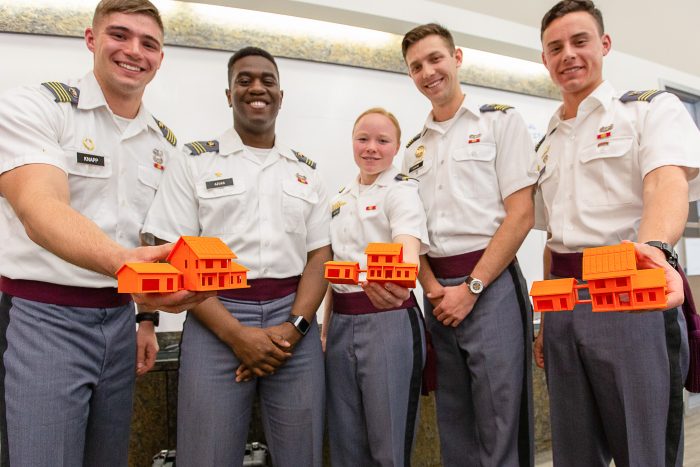
The team said construction costs should be about $194,000, with utility costs of about $42 a month.
“The All-American Abode seeks to revolutionize the way the Army currently views sustainable living,” the team said.
Georgia Tech wins the urban single-family title
The entry from the Georgia Institute of Technology is a 2-bedroom, 2-bath house of 950 square feet built with structural insulated panels. It will be part of an urban subdivision of high five-performance homes in the Grove Park neighborhood of Atlanta. The school collaborated with the Grove Park Foundation, a charitable organization, in developing a design that could revitalize the area, according to the team’s summary.
The statement notes that residents of neighborhoods like Grove Park often don’t have access to energy-efficient housing, and that “energy insecurity” in Grove Park is among the highest in the area.

Grove Park, which was originally developed to house factory workers, is 95% minority-occupied with some 2,500 housing lots — 30% of them vacant. Eighty-five percent of Grove Park residents are on fixed incomes, and the boggy area is subject to regular standing water and high mold counts.
The team’s object was to design a template for affordable housing in the area. “The primary goal of this project is to make affordable net-zero homes to address the disproportionately high energy burden of Grove Park residents compared to the rest of the Atlanta metropolitan area,” the team’s summary says.
Details about other entries in the competition, plus a list of schools that took park, can be found here.
Weekly Newsletter
Get building science and energy efficiency advice, plus special offers, in your inbox.





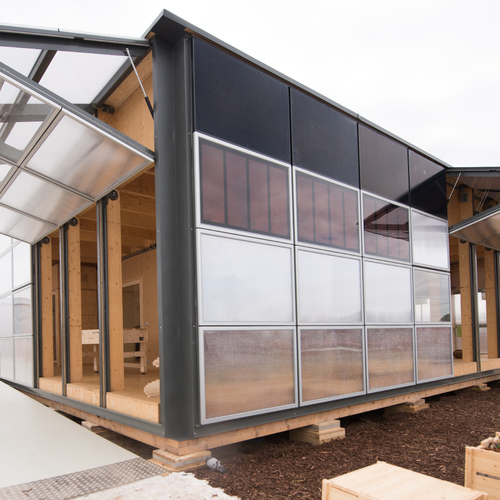
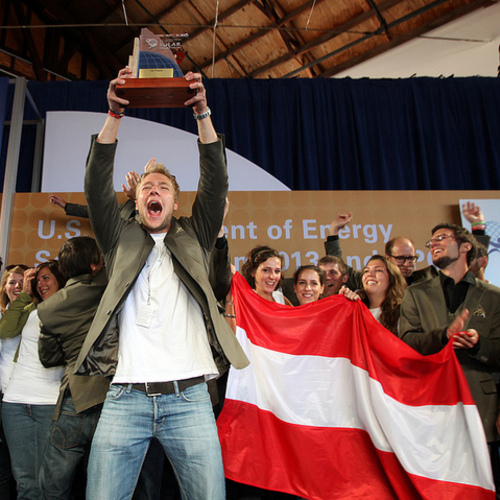
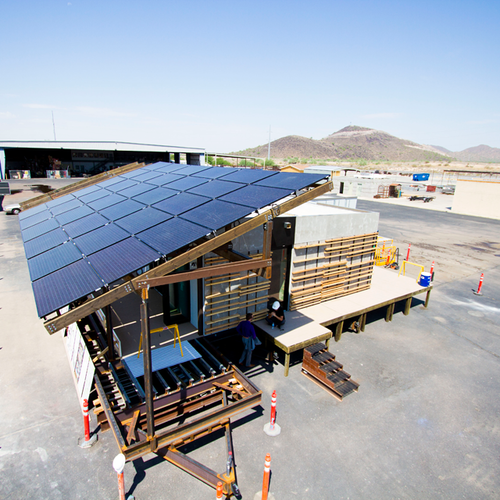
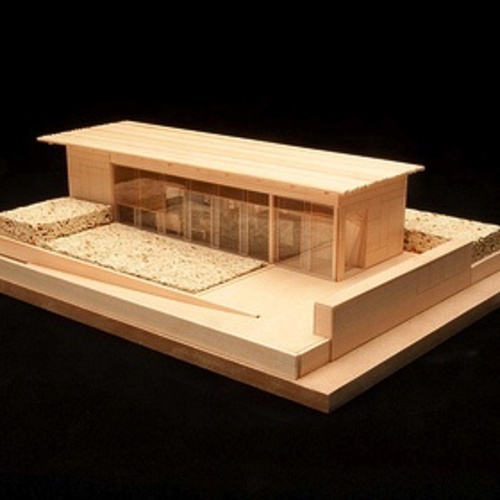






0 Comments
Log in or create an account to post a comment.
Sign up Log in